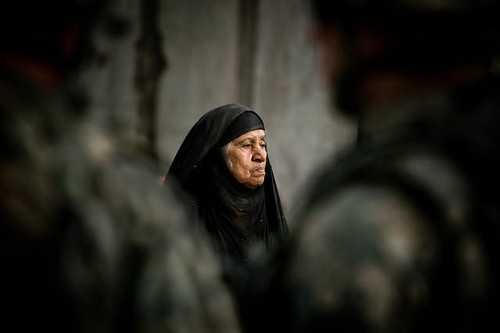Kevin Carter, the Manics made him famous
November 20, 2008 – 7:24 pmKevin Carter was an award-winning South African photojournalist and member of the Bang – Bang Club.
Carter had started to work as weekend sports photographer in 1983. In 1984 he moved on to work for the Johannesburg Star, bent on exposing the brutality of apatheid.
Carter was the first to photograph a public execution by “necklacing” in South Africa in the mid-1980s. He later spoke of the images; “I was appalled at what they were doing. I was appalled at what I was doing. But then people started talking about those pictures… then I felt that maybe my actions hadn’t been at all bad. Being a witness to something this horrible wasn’t necessarily such a bad thing to do.”
In March 1993 Carter made a trip to southern Sudan. Carter’s most famous photograph was of a young emaciated Sudanese toddler. The girl had stopped to rest while struggling to a feeding center, wherein a vulture had landed nearby. He said that he waited about 20 minutes, hoping that the vulture would spread its wings. It didn’t. Carter snapped the haunting photograph and chased the vulture away. However, he also came under heavy criticism for just photographing — and not helping — the little girl.
The photograph was sold to The New York Times. Practically overnight hundreds of people contacted the newspaper to ask whether the child had survived, leading the newspaper to run a special editor’s note saying the girl had enough strength to walk away from the vulture, but that her ultimate fate was unknown.


